Amtrak Twin Cities services started on May 1, 1971, at the Burlington Northern (former Great Northern) station in Minneapolis. Service levels ebbed and flowed through the years as trains were added or subtracted.
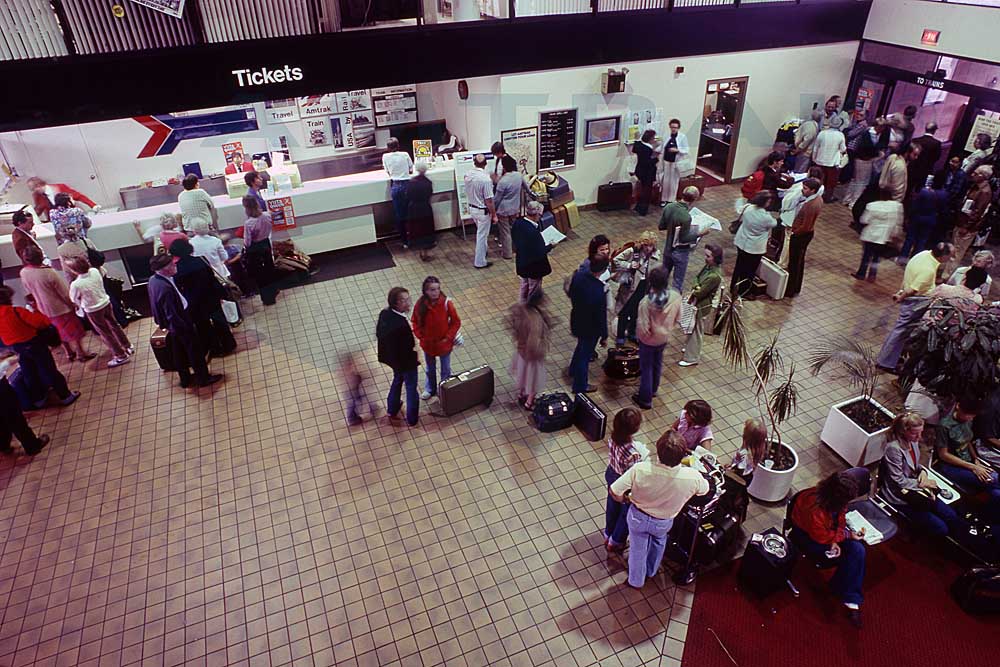
Amtrak opened a new Twin Cities station on March 1, 1978, using a standard plan that was also built in Miami. It was located on Transfer Road on St. Paul’s west side in the Minnesota Commercial Railroad’s yard. The last train to use the BN station was the northbound Arrowhead for Duluth, which left at 8:30 a.m.; the first train to use the new station was the westbound Twin Cities Hiawatha, which arrived at 8:25 p.m. At the time, Amtrak patronage for the Twin Cities stop averaged 580 persons.
Amtrak moved to the historic St. Paul Union Depot on May 7, 2014, which lost all of its passenger trains at Amtrak’s creation in 1971. SPUD is located at the east end of the Twin Cities’ Green Line light rail.
Empire Builder
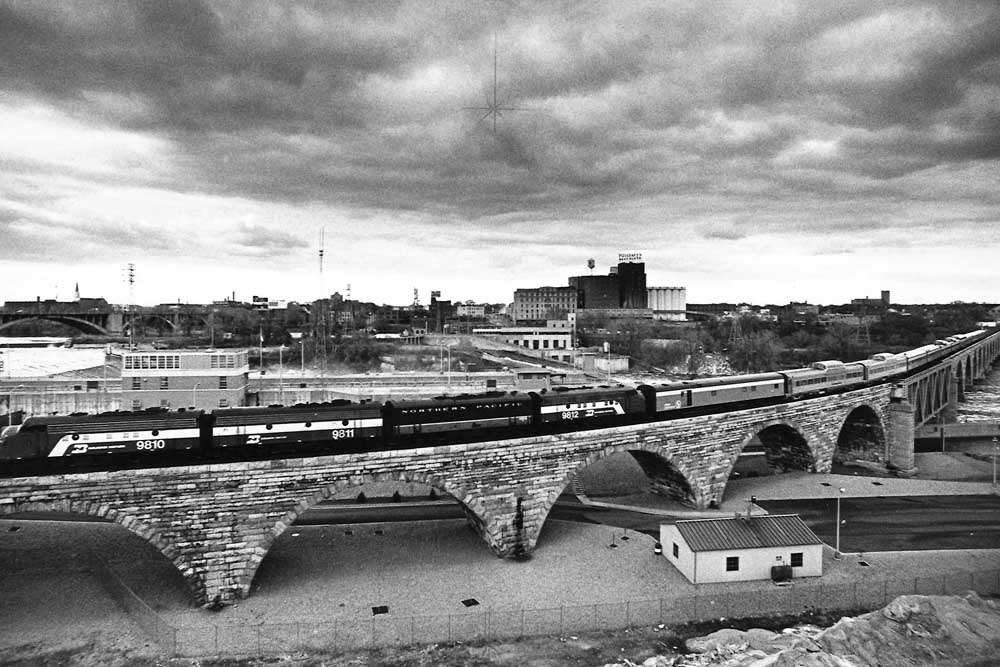
Amtrak Twin Cities services started with just the Empire Builder at the beginning on May 1, 1971. It operated as trains 7 and 8 from Chicago to Minneapolis over the Milwaukee Road and west of Minneapolis on the former Great Northern main line to Seattle. Along the route it served (West) Grand Forks and Minot, N.D.; Havre and Whitefish, Mont.; and Wenatchee, Wash. At various times it operated less than daily as the budget would allow. On Oct. 28, 1979, it became the first long-distance train to be reequipped with new Superliner equipment. In 1981 the train added a new section operating between Spokane and Portland, Ore.; it carried Nos. 27-78. The Builder still operates today as Amtrak’s sole entrant in the Chicago to Seattle market that for a time supported three named trains.
North Coast Hiawatha
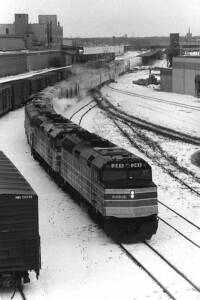
The North Coast Hiawatha joined the Chicago to Seattle market as an unnamed triweekly train on June 5, 1971. It operated from Chicago to Minneapolis over the Milwaukee Road and west of Minneapolis on the former Northern Pacific main line to Seattle. Along the route it served Bismarck, N.D.; Billings, Butte, and Livingston, Mont.; and Ellensburg, Wash., among other stops. It obtained the North Coast Hiawatha name, a combination of Northern Pacific’s North Coast Limited and Milwaukee Road’s Hiawatha fleet, and Nos. 9-10, with the first Amtrak timetable issued on Nov. 14, 1971. At first, the Amtrak North Coast Hiawatha service operated jointly with the Empire Builder between Chicago and Minneapolis and Spokane and Seattle. On Nov. 14, 1971, it began operation as a separate train between Chicago and Minneapolis and on June 10, 1973, also between Spokane and Seattle. While the full route was tri-weekly, the train operated daily on the Chicago to Minneapolis segment. The North Coast Hiawatha was dropped from the Amtrak map on Oct. 6, 1979.
Arrowhead/North Star
Amtrak Twin Cities services expanded to the Twin Ports of Superior, Wis., and Duluth, Minn., on April 15, 1975, with the inauguration of the Arrowhead between Minneapolis and Superior, replicating the route of the BN (and previously GN) Badger and Gopher. It was extended to Duluth proper in February 1977. The schedule was adjusted through the years to keep connections with the Builder and Hiawatha at Minneapolis.
On April 30, 1978, the train was extended to Chicago and renamed the North Star. It was cut back to a Chicago to Duluth train in October 1981. Finally, in October 1983 it was reduced to weekend-only service before being ultimately discontinued in April 1985. At the end it carried Nos. 9-10, which were previously assigned to the North Coast Hiawatha.
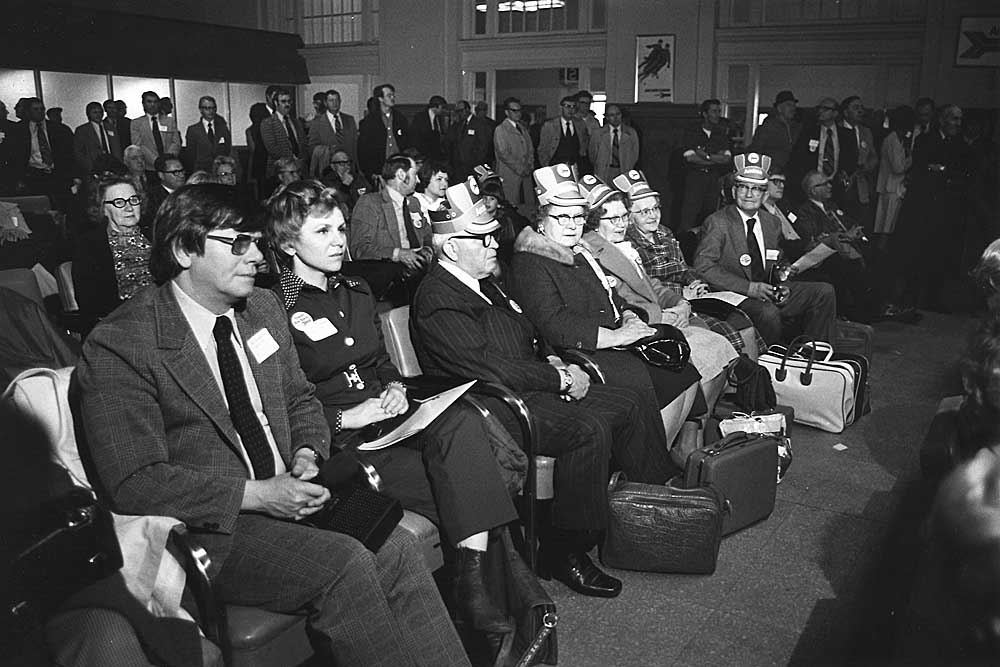






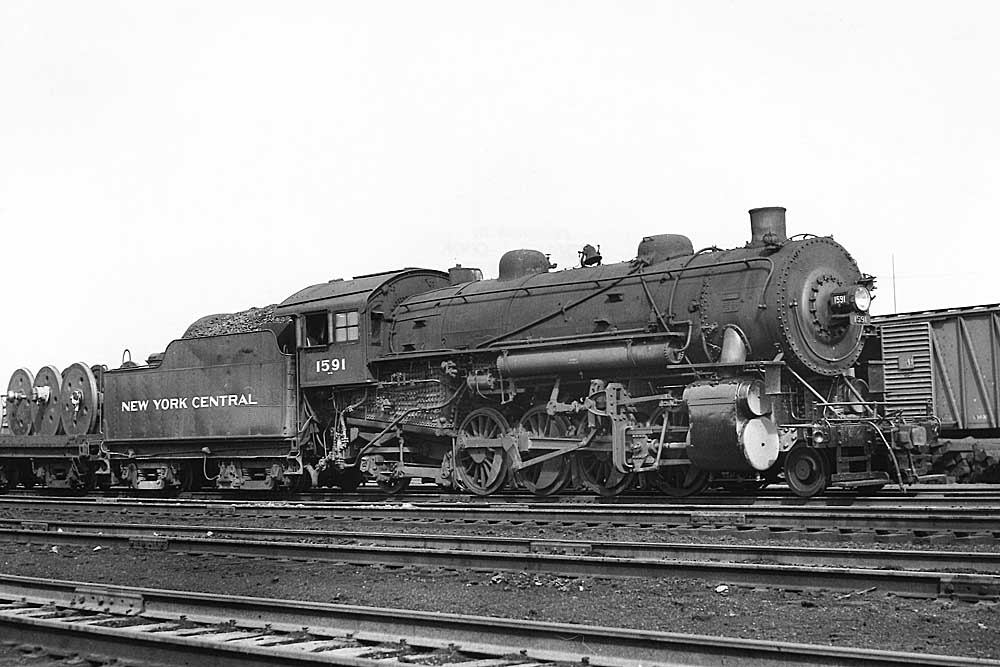
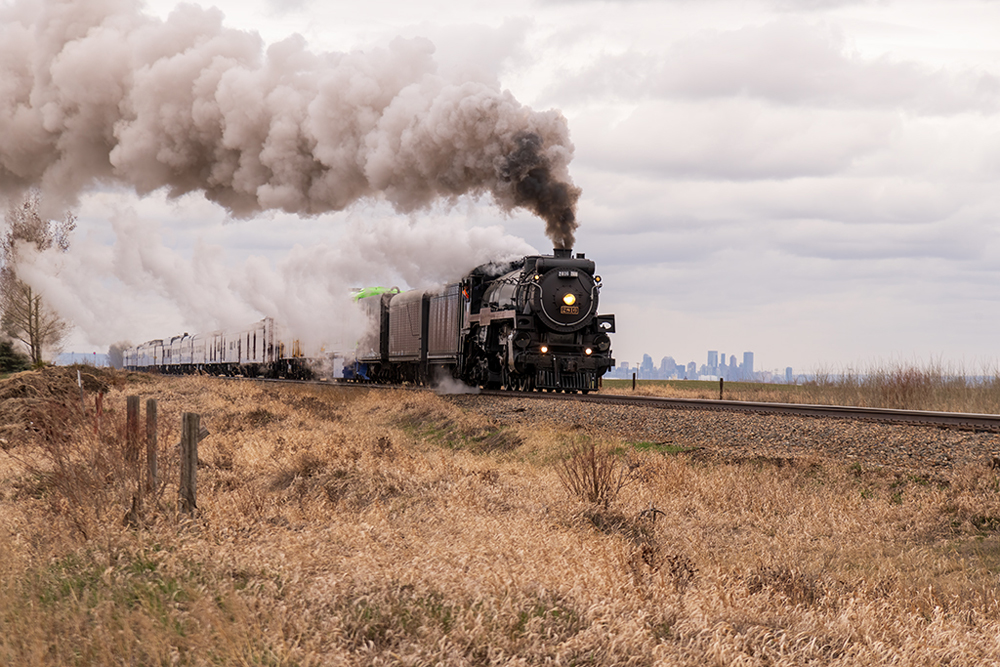
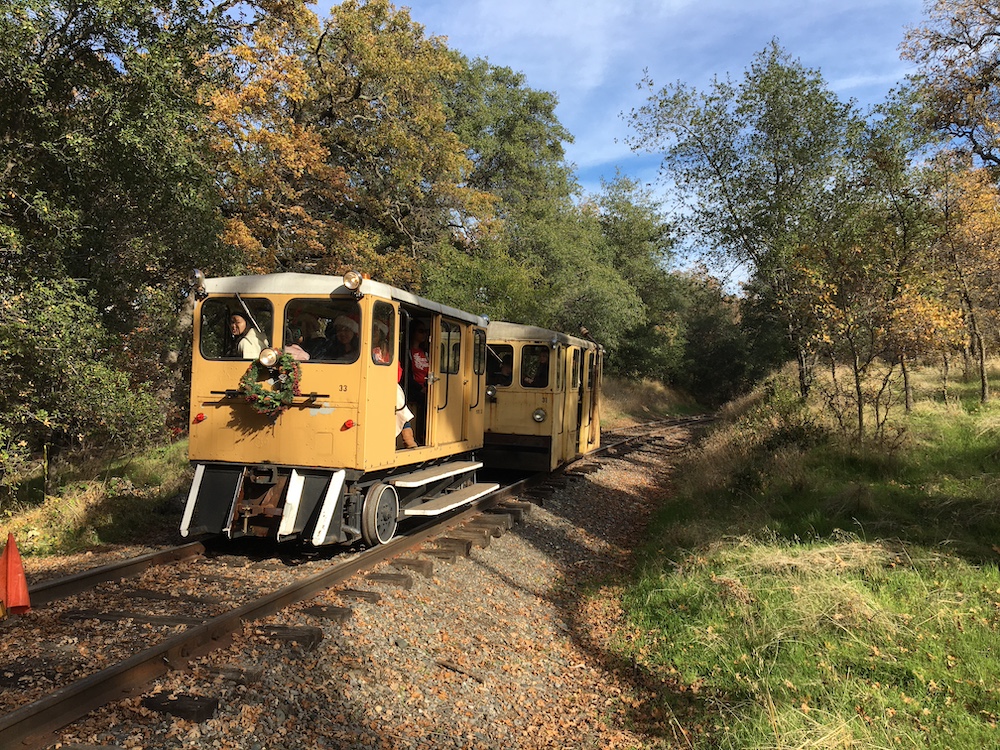
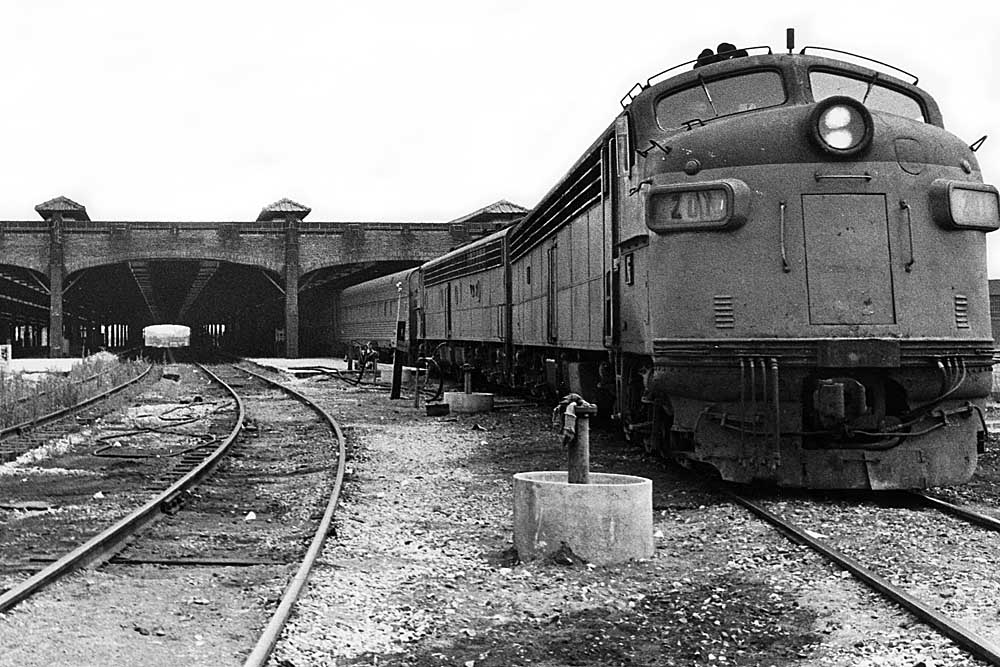




A few remarks regarding the North Coast Hiawatha, from when the train was reinstated in June 71 to November 14, 1971 it was numbered 25 & 26 from Minneapolis to Spokane. It was unnamed in Amtraks timetable but the BN issued timetable it was called the North Coast Limited.
The train would run daily from Chicago to Seattle daily during the summer and Christmas holiday season from the summer of 74 to the summer of 77.
For such a short article, this is poorly written and has a disproportionately large amount of misinformation.
Examples, with the actual article between quotation marks:
“Amtrak opened a new Twin Cities station on March 1, 1978, using a standard plan that was also built in Miami.”
Most people using English would say: [Amtrak opened a new Twin Cities station on March 1, 1978, with the same building plan as its new facility in Miami.]
Referencing the new St. Paul station in 1978: “At the time, Amtrak patronage for the Twin Cities stop averaged 580 persons.”
[580 persons for what period of time? A day? A week? A whatever?]
“Amtrak moved to the historic St. Paul Union Depot on May 7, 2014, which lost all of its passenger trains at Amtrak’s creation in 1971. SPUD is located at the east end of the Twin Cities’ Green Line light rail.”
Clarifying: [Amtrak moved its St. Paul station stop from the 1978 Midway station to the historic St. Paul Union Depot on May 7, 2014. SPUD is the eastern terminus of the Twin Cities’ Green Line light rail route, and was without intercity rail passenger service since May 1, 1971 at the advent of Amtrak.]
“Amtrak Twin Cities services started with just the Empire Builder at the beginning on May 1, 1971. It operated as trains 7 and 8 from Chicago to Minneapolis over the Milwaukee Road”
[No, the first Amtrak trains used numbers 31 and 32. The trains operated on the Milwaukee Road from Chicago to St. Paul, then on Burlington Northern west of there.]
“and west of Minneapolis on the former Great Northern main line to Seattle. Along the route it served (West) Grand Forks and Minot, N.D.; Havre and Whitefish, Mont.; and Wenatchee, Wash.”
It did operate west of St. Paul on the ex-GN route. The train served downtown Grand Forks directly (the West Grand Forks stop was implemented in 1981 with a connecting bus to the downtown station. The use of the downtown station ended in 1982 when the new/current station was built on the “West Grand Forks” site); the train used the former GN main line only between St. Paul and Sandpoint; west of Sandpoint, it used ex-NP trackage via Yakima. The train was routed via Wenatchee in late October, 1981.]
“In 1981 the train added a new section operating between Spokane and Portland, Ore.; it carried Nos. 27-78.”
[It didn’t “carry” those numbers; it operated as trains 27 and 28 (not 78).]
Captioning a photo: “The first westbound Empire Builder/North Coast Hiawatha (Nos. 7/17) departs the new Minneapolis-St. Paul station on March 2, 1978. The $5.7 million facility opened the day.”
[Translating, it should read: ‘The first train to use the new St. Paul-Minneapolis “Midway” Station (train 17, the North Coast Hiawatha) departs the $5.7 million facility on March 2, 1978.’ At the time, the Empire Builder was operating four days per week and the North Coast Hiawatha three, but on the same schedule between Chicago and St. Paul inclusive. Since the date is known, a quick internet inquiry as to what day of the week March 2 was yield the information was to which train is in the photo.]
“The North Coast Hiawatha joined the Chicago to Seattle market as an unnamed triweekly train on June 5, 1971. It operated from Chicago to Minneapolis over the Milwaukee Road”
[Again: Chicago to St. Paul on Milwaukee Road, and west of St. Paul on Burlington Northern; the Milwaukee Road Minneapolis station was closed on April 30, 1971.]
“and west of Minneapolis on the former Northern Pacific main line to Seattle. Along the route it served Bismarck, N.D.; Billings, Butte, and Livingston, Mont.; and Ellensburg, Wash., among other stops. It obtained the North Coast Hiawatha name, a combination of Northern Pacific’s North Coast Limited and Milwaukee Road’s Hiawatha fleet, and Nos. 9-10, with the first Amtrak timetable issued on Nov. 14, 1971.”
[Again, a poor use of English. It sounds like the first Amtrak timetable was issued on November 14, 1971, but what he (I hope) means it that the train first appeared with the North Coast Hiawatha name and train numbers 9 and 10 in the November 14, 1971 Amtrak timetable.]
“At first, the Amtrak North Coast Hiawatha service operated jointly with the Empire Builder between Chicago and Minneapolis and Spokane and Seattle. On Nov. 14, 1971, it began operation as a separate train between Chicago and Minneapolis and on June 10, 1973, also between Spokane and Seattle. While the full route was tri-weekly, the train operated daily on the Chicago to Minneapolis segment.”
[This is so poorly worded, it’s open to multiple interpretations. It should read: ‘Initially, through cars between Chicago and Seattle operated on the Empire Builder between Chicago and Minneapolis and between Spokane and Seattle. Effective November 14, 1971, it operated as a separate train between Chicago and Spokane with through cars to/from Seattle handled by the Empire Builder. On June 10, 1973, the train began operating independently between Chicago and Seattle, and between Spokane and Seattle, used the ex-GN route via Wenatchee. As for operating daily from Chicago to Minneapolis (or St. Paul starting in 1978), this is kind of true, except from fall 1977 until the end of September 1979 it was only daily because the Empire Builder was cut back to four days per week operating on the days the North Coast Hiawatha didn’t, but on the same schedule between Chicago and St. Paul inclusive.]
Referencing the Arrowhead/North Star: “The schedule was adjusted through the years to keep connections with the Builder and Hiawatha at Minneapolis.”
[Actually, mostly not true. Initially, the train was scheduled to depart Superior in the morning arriving Minneapolis before noon, returning to Superior in late afternoon, allowing a day trip to Minneapolis. During this time, it never connected with the Empire Builder, but a connection to the eastbound Hiawatha was usually available. When the train was operated from Chicago to Duluth (1978-1981 and St. Paul-Duluth thereafter), it was scheduled to depart St. Paul in the morning and return in the evening and it did connect with the Empire Builder to/from points west of St. Paul.]